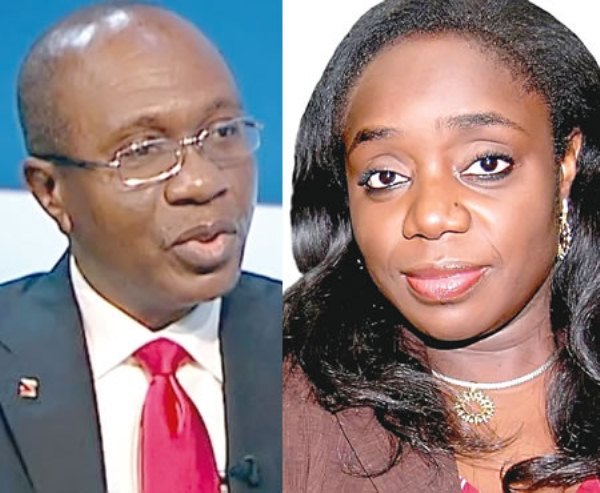Nigeria money market assets spike 1.6% in May on increased government bonds, commercial papers
Steve Omanufeme is Businessamlive Managing Editor.
You can contact him on steveo@businessamlive.com with stories and commentary.
July 18, 20172K views0 comments
Nigeria government’s continued recourse to local debt market to finance its expenditure led to a 1.6 percent spike in money market assets in the month of May, according to a report released by its central bank. Total assets rose to N11.5 trillion for the month, as against a 3.3 percent decline in April, the report stated.
The growth in money market assets, according to the Central Bank of Nigeria (CBN) in the May monthly economic report was equally fueled by outstanding commercial papers (CP) in the financial system.
“The total value of money market assets outstanding at end-May 2017 stood at N11,540.84 billion, showing an increase of 1.6 percent, as against the 3.3 per cent decline in the preceding month. The development was attributed to the 1.4 and 1.7 per cent increase in FGN Bonds and commercial paper outstanding, respectively,” the report stated.

In the month of May, tranches of 5-, 10- and 20-year FGN bonds were offered for sale during with maturity of the bonds ranging from four years three months to 19 years 11 months.
Read Also:
Total amount offered, subscribed to and allotted were N140.00 billion, N161.9 billion and N110.00 billion, respectively. There was no maturity and allotment on a noncompetitive basis in the period. The bid rate ranged from 15.75 to 18.56 per cent, while the marginal rates for the 5-, 10-, and 20-year bonds were 16.30 per cent, 16.30 per cent and 16.30 per cent, respectively. The bid-to-cover ratio was 1.97.
Commercial Paper (CP) outstanding held by commercial banks stood at N0.49 billion at end-May 2017, indicating a 1.7 percent increase above the value of N0.48 billion at the end of the preceding month.
The development reflected the increase in investment in CP by the merchant banks during the review month. Thus, CP constituted 0.0042 per cent of the total value of money market assets outstanding during the review period, same as in the preceding month.
Growth in monetary aggregates for the month under review relative to the levels at end-April is despite the tight monetary policy stance of the Nigerian economic regulator.
The report indicated the narrow money supply (M1), which includes currency in circulation with nonbank public and those in current accounts, rose by 4.4 percent, on a month-on-month basis, due to increase in current accounts deposits in the month under review.
On the other hand, broad money supply (M2), that is currency in and outside the banks, in current accounts, savings accounts and time deposits, as well as foreign denominated deposits, rose 1.2 percent to N21.97 trillion due, mainly, to the 17.5 percent increase in net foreign assets of the banking system.
Read also: Oil trades near $46 as Nigeria, Libya await decision to cap crude output
However, when compared to the level at end-December 2016, M2 fell by 6.0 per cent, reflecting the 7.4 percent and 6.7 percent decline in other assets (net) and net foreign assets of the banking system, respectively.
Reserve money (RM), that is required and excess reserves of commercial banks with the CBN, currency in circulation with the public and vault cash, fell by 6.2 percent to N5.5 trillion at the end of the review month, reflecting the fall in both currency and bank reserves.
In the review period, banks’ deposit rates generally trended downward, while lending rates rose. With the exception of the 7-day deposit rate, which rose above the levels in April 2017, all other deposit rates of various maturities fell from a range of 8.48 percent – 13.08 percent in the preceding month to 7.53 percent – 11.33 per cent in May 2017. The average savings and term deposit rates fell to 4.08 percent and 8.65 per cent from 4.24 per cent and 9.10 percent, respectively, in the preceding month.
Conversely, the average prime and maximum lending rates rose by 0.14 percentage point and 0.44 percentage point to 17.58 percent and 30.75 percent, respectively, at end-May 2017.
Consequently, the spread between the average term deposit and the maximum lending rates widened by 0.89 percentage point to 22.10 percentage points at end-May 2017. Similarly, the spread between the average savings deposit and maximum lending rates, widened by 0.16 percentage point to 26.43 percentage points at the end of the review month.
